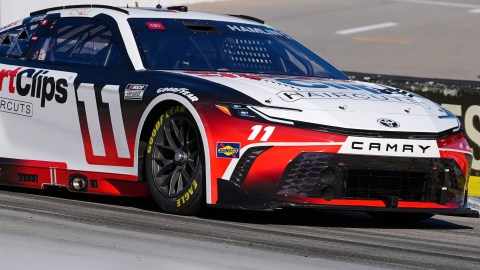New England is a bit of a tricky place to live if you’re a car enthusiast. For three out of four seasons, the region’s hilly back roads are perfect for taking your sports car out to stretch its legs. But during the winter, driving a car that sends all its power to the back wheels could land you in some sticky situations.
Thankfully, ahead of the 2017 model year Dodge introduced the first Challenger to distribute power to both its front and rear wheels: The Challenger GT.
Some people undoubtedly will take issue with Dodge only offering the GT with a 3.6-liter V-6 that produces just 305 horsepower, compared to the 375 horses you get from the 5.7-liter Hemi V-8 in the R/T. Having two fewer cylinders is a small price to pay, however, when you consider the upside.
The GT sends 80 percent of its power rearward in normal driving conditions, and in certain situations, such as when accelerating, it can briefly send all its power to the back wheels.
As a result, in the dry, it feels like a rear-wheel-drive car, unless you’re driving on the limit of grip — which you shouldn’t be doing on public roads anyways. Then, when inclement weather hits, you can tackle conditions you wouldn’t dream of driving in with a rear-drive Challenger.
That said, according to BestRide.com’s Craig Fitzgerald, the GT behaves slightly different in the snow than other cars, due to its rear-biased all-wheel-drive system.
Check out the video about to see Fitzgerald talk with NESN Fuel’s Rachel Holt about what makes the newest Challenger such good value for money.
Thumbnail photo via Fiat Chrysler Automobiles



